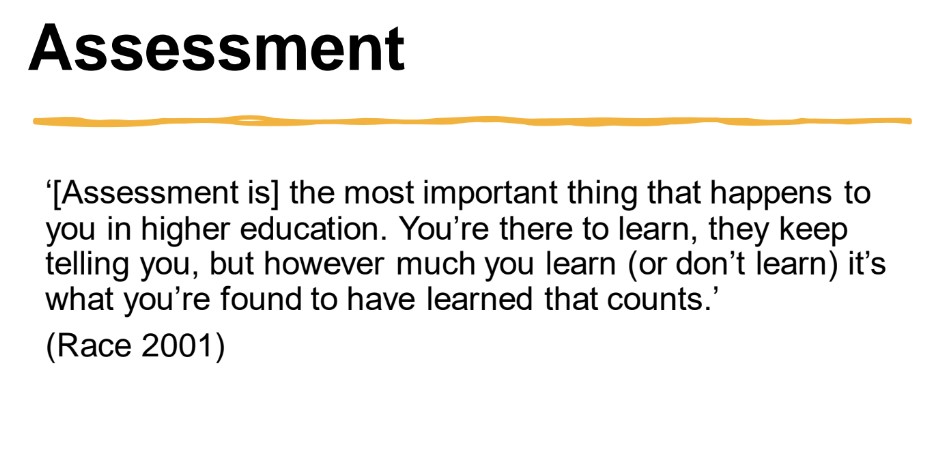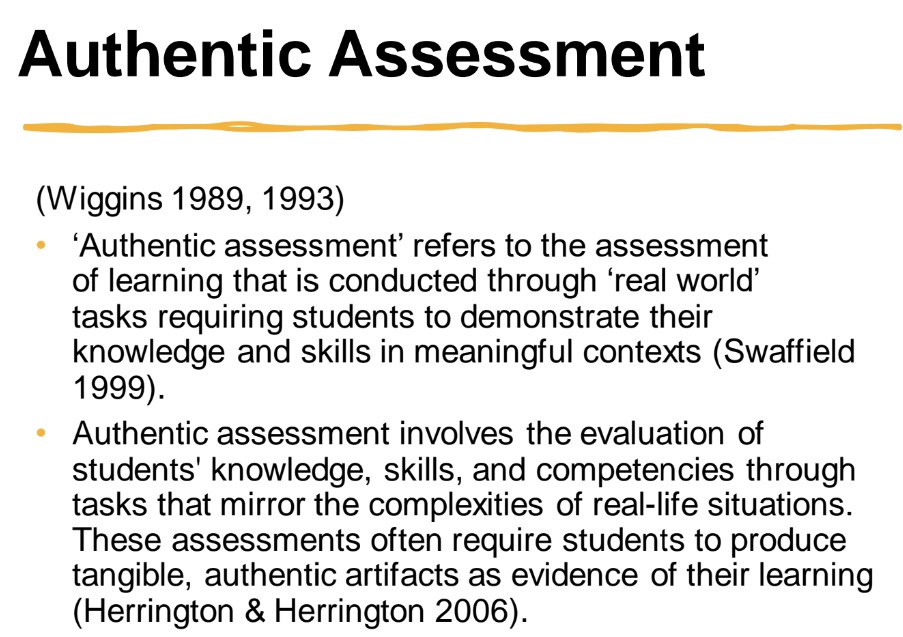Workshop 5 – Assessing
Having spent the last few weeks Assessing the first year’s second unit submissions, I felt I had much to discuss during Workshop 5. I find some of the tasks during the breakout rooms difficult to tackle, I’m often hesitant to voice my opinions as I don’t understand the questions; the academic language used to describe them makes understanding the task difficult. I’m cautious to ask questions as most of the PGCerters seem to understand. But once you are in the breakout room listening to the discussion, it’s much easier to contribute by relaying experiences from your teaching (whether it be positive or negative), I’ve also found being able to relate to other academics reassuring as I know I’m not the only one going through certain issues etc with year groups.
I’ve never felt so confident in a breakout room as I was during workshop 5! It was great to hear my colleagues discuss their experiences, I was in a group with Luke, James and Georgina. I always seem to be in a group with James and Georgina, and by now I feel I understand their work well and we can chat freely. Although we all work at UAL, we all had varied reflections and experiences.
Georgina suggested a different method of encouraging students to verbal feedback through peer assessment. I believe Students find feeding back to each other rather intimidating, and often they are very reluctant to bring work in or even attend sessions where they are required to present work in front of each other for feedback. To overcome this, I have experimented with post-it notes to encourage students to leave each other feedback next to their work, this has worked well, but the feedback is varied and can be rather general. If students verbally feedback to each other, I believe they would learn more from each other, this would promote a higher standard of feedback rather than conventional, generic comments.
Georgina’s suggestion was to put many feedback-related questions into a hat, Students would then have to take out one question to ask a peer, and they would also then need to think of their own question. I genuinely think this is a great way to encourage students to engage in peer assessing, without it being overwhelming or intimidating to the students I’m looking forward to implementing this technique soon.
The reading I chose for this workshop was Brooks 2008 – Students’ Critique of Feedback in Art & Design, I chose this because of the title as it specifically mentioned Art and design, and I thought it would be more catered towards my specialism.
I found Brook’s reading interesting as it included thoughts on how students receive feedback and how it can affect their future performance, both positively and negatively depending on their experience. I’m always very nervous typing feedback to students, I try to be as informative and guide them to elevate their future submissions without being too critical of the current work. It can be a balance, especially if you’re aware of ISA issues or if students are suffering from low confidence or mental health issues.
The reading suggests “these findings seem to be drawing towards a conclusion that meetings, assessment discussions, study skills and learning support are best offered as an integral part of the module as a whole, and that Humanities could look to Art and Design methods of peer reviewing” (Brooks,K. 2008)
I found this an interesting thought- from my experience as a student from a Fashion background, I would say some of the feedback sessions I received were very critical and hard to overcome, but I’m very pleased to say things at LCF are different and how we assess and present the assessment is much fairer and more considerate of students’ feelings.
Some of the actions I will take from the reading will be to offer more tutorials to ensure students understand the feedback, unfortunately, this will be time-allowing, but I could suggest doing this in small groups if the students feel more comfortable. I will also try to ensure my writing is clear and straight to the point –“constructive criticism”, ensuring plain language and easy-to-achieve goals. I remind myself to be considerate and compassionate. The final thing will be trying to use Formative Assessment points more creatively, and encourage student participation through peer review, it’ ‘s very important for students to see each other’s work and learn from each other.

Figure 1 Formative V Summative Assessment Slide from Workshop 5 PGCert
Brooks,K. 2008 University of the West of England, Bristol ‘Could do Better?’ Students’ Critique of Feedback in Art & Design
Informative quotes from the Workshop.



Further reading (used to help understanding)
Link to Wiggs (1990) eric.ed.gov/?id=ED328611